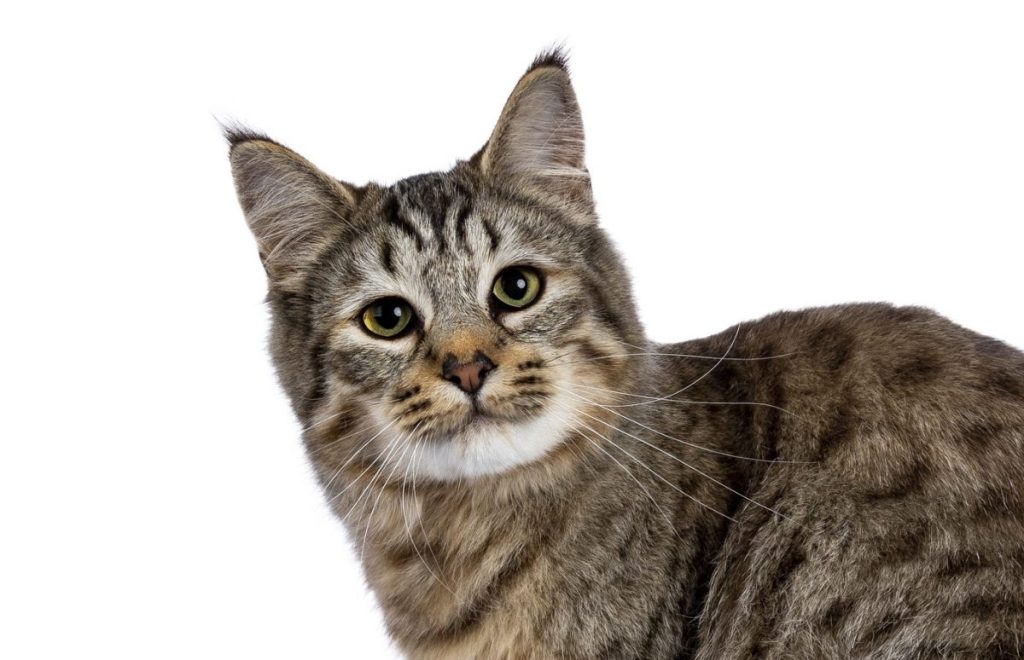The Pixie-Bob cat stands out among the diverse world of domestic cats with their wild appearance and captivating personality. Originating in the Pacific Northwest of the United States, the Pixie-Bob showcases a striking resemblance to the elusive bobcat. This fascinating blend of wild aesthetics and amiable temperament makes the breed a subject of keen interest for cat fanciers, breeders, and those seeking a…
There was a problem loading this page. Please ensure JavaScript is enabled on your browser and any ad blockers are disabled.

Pixie-Bob
Statistics
Life Span
13 to 15 years
Length
20 to 24 inches
Weight
8 to 17 pounds, some up to 25 pounds
Country Of Origin
Washington, USA
Trending
No content yet. Check back later!
Popular in the Community
{{ title }}
{{ username }}
·
{{ time }}
{{ messageText }}
Top Comment
Load more...